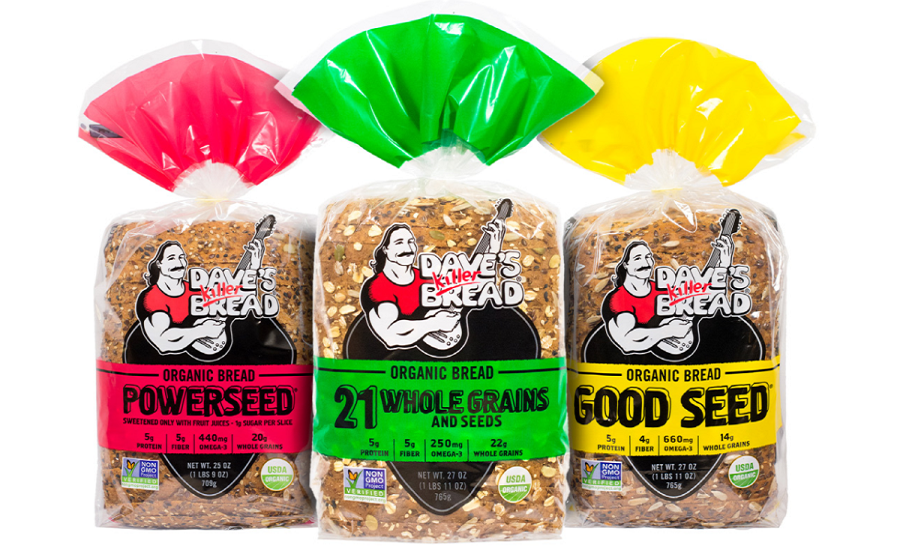Branding Trends: The Evolution of Packaging Design






As you walk down the aisle of your favorite store, what pops out at you? That familiar logo? A bright color? A rhyming motto? The evolution of package design often follows a strategy that is born from what the consumer wants to see. You only have to think back to the days of “light,” “fat-free” and “natural.” But those words are not enough for today’s consumers, who have moved beyond the notion of labels “keeping it simple.”
So what does appeal to today’s consumer? Here’s a look at four key package design trends the Daymon team is tracking:
Transparency: Consumers are increasingly looking for labels to go beyond a simple ingredient list. They want to know in-depth information such as the source of the ingredients, what channels have touched the product along the way and even the time frame from farm to store.
“When it comes to private brand packaging, full disclosure is the next generation of the label,” says Steven Cox, Creative Director for Daymon. “Small, niche brands are nimble and can change their label and they are setting the stage. In turn, the larger retailers then need to adapt it for their own private brand.”
Limited Edition: The launch of a one-time- or one-season-only product allows retailers to experiment in different markets and areas of the store versus a complete brand re-design. This trend also goes along with a shift in brands being “unapologetic,” says Cox. This means consumers are indulging a bit and they know it. Consider Coke going with “Real Sugar” on the label and dessert brand “Just Enough of a Very Good Thing,” whose name says it all.
Giving Back: Now more than ever consumers are seeking out companies that align with their values. As a result, the notion of charitable giving and community support has never been stronger. Some innovator brands leading the way in this arena include a nutrition bar that donates one bar for every bar bought and a bread company with an employee population of more than 67 percent convicted felons.
Time to Digitize: As more consumers move online for center store and other grocery items, digital strategies must address the integration of branding and consumer purchasing in real time. “Translating the path to purchase from in-store to online is not only about how a product pops on the shelf. We need to consider how the look translates to digital as online shopping and e-commerce continue to boom,” says Aimee Becker, senior vice president of Strategic Services for Daymon. “On shelf or on-screen, mobile or online—positioning your brand and label is a multi-tiered and multi-media strategy.
“We are always thinking about how our partners can best benefit from emerging digital technologies and which of them fold into their business model or strategy,” adds Cox. “It is not feasible to capitalize on all aspects of digital, so you need data on your shopper, their preferences, their past experiences in your store and much more. That’s the starting point to select the right digital technologies and strategies.”
Looking for a reprint of this article?
From high-res PDFs to custom plaques, order your copy today!







